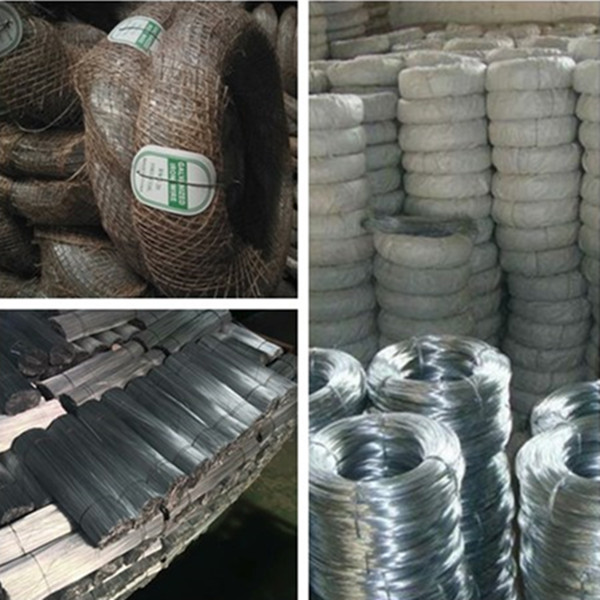Metal Wire
The metal wire including : galvanized wire, stainless steel wire, cutting metal wire, black annealed metal wire, U-type metal wire, PVC metal wire, thin low carbon steel wire, brass wire, nickel wire, etc.
The material of metal wire is metal wire rod & coiled bar and metal bar, the matel wire to be made by wire drawing equipment, annealing equipment and other specialized equipment. Through multi-pass drawing process and annealing, will be processed into different specifications of metal wire .
The metal wire be widely used in industry, agriculture, aquaculture, construction, transportation, mining and other fields .

Metal Wire,Galvanized Iron Wire,Stainless Steel Wire,Steel Wire,Barbed Wire
ANPING COUNTY SHANGCHEN WIREMESH PRODUCTS CO.,LTD , https://www.scwiremesh.com